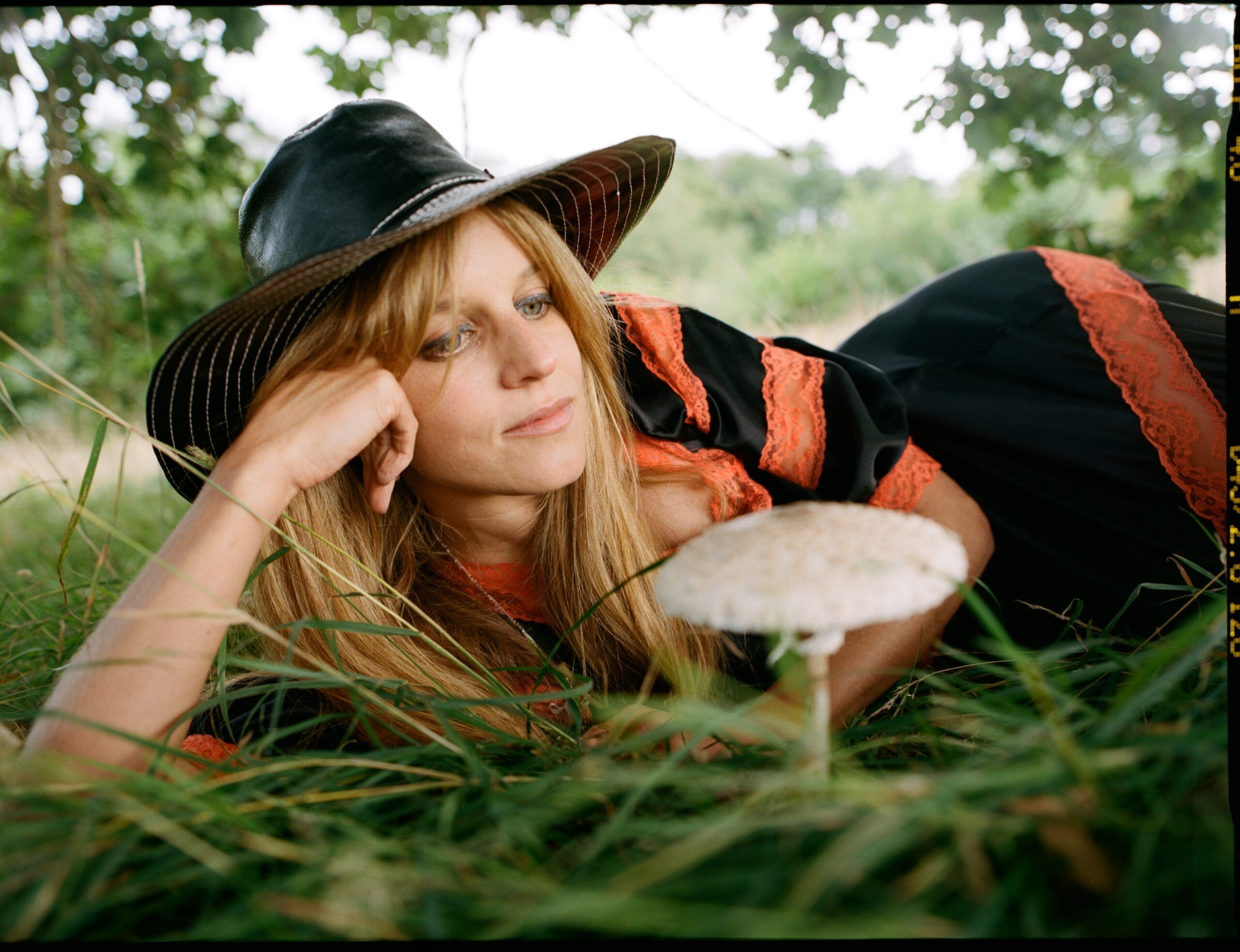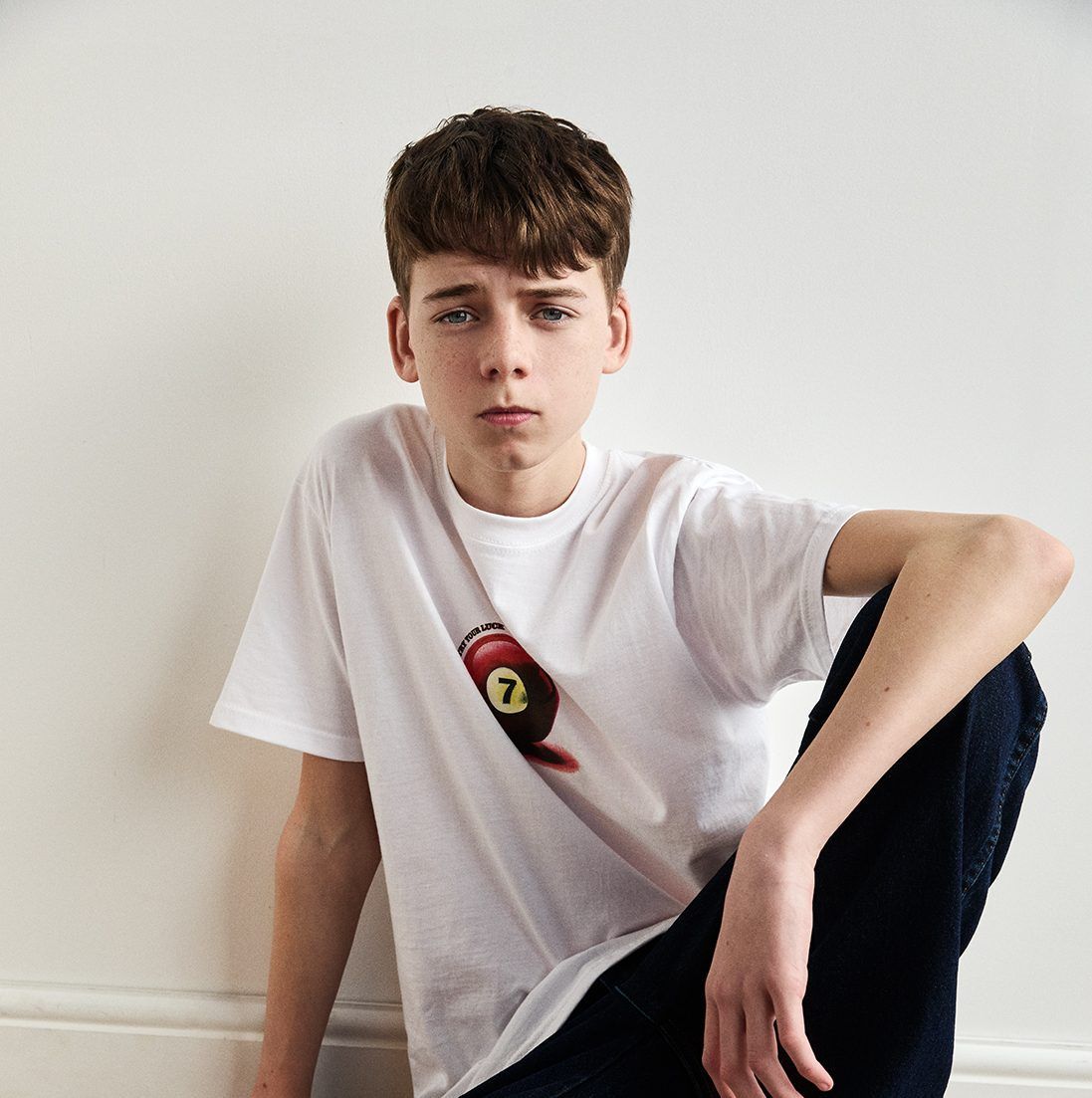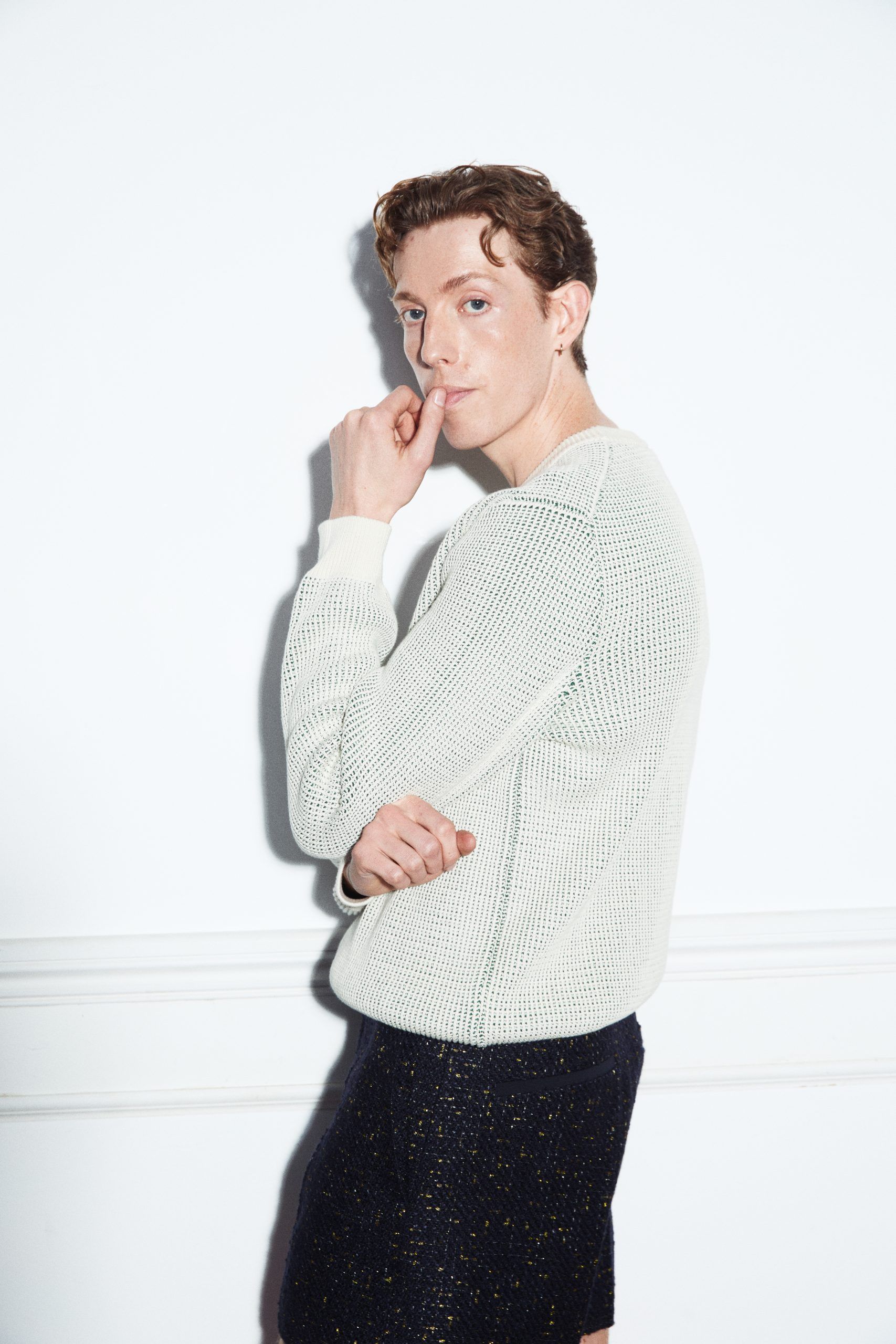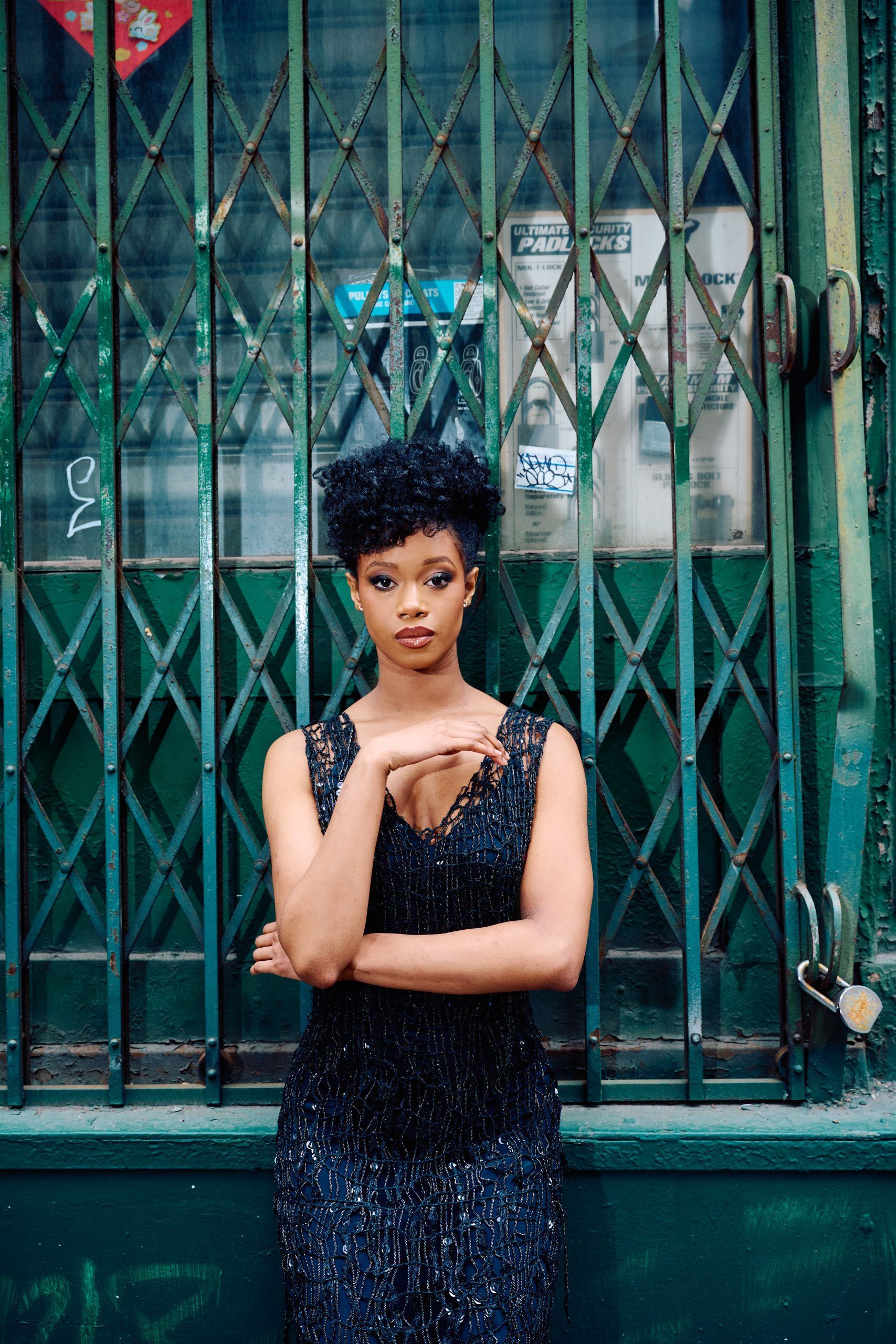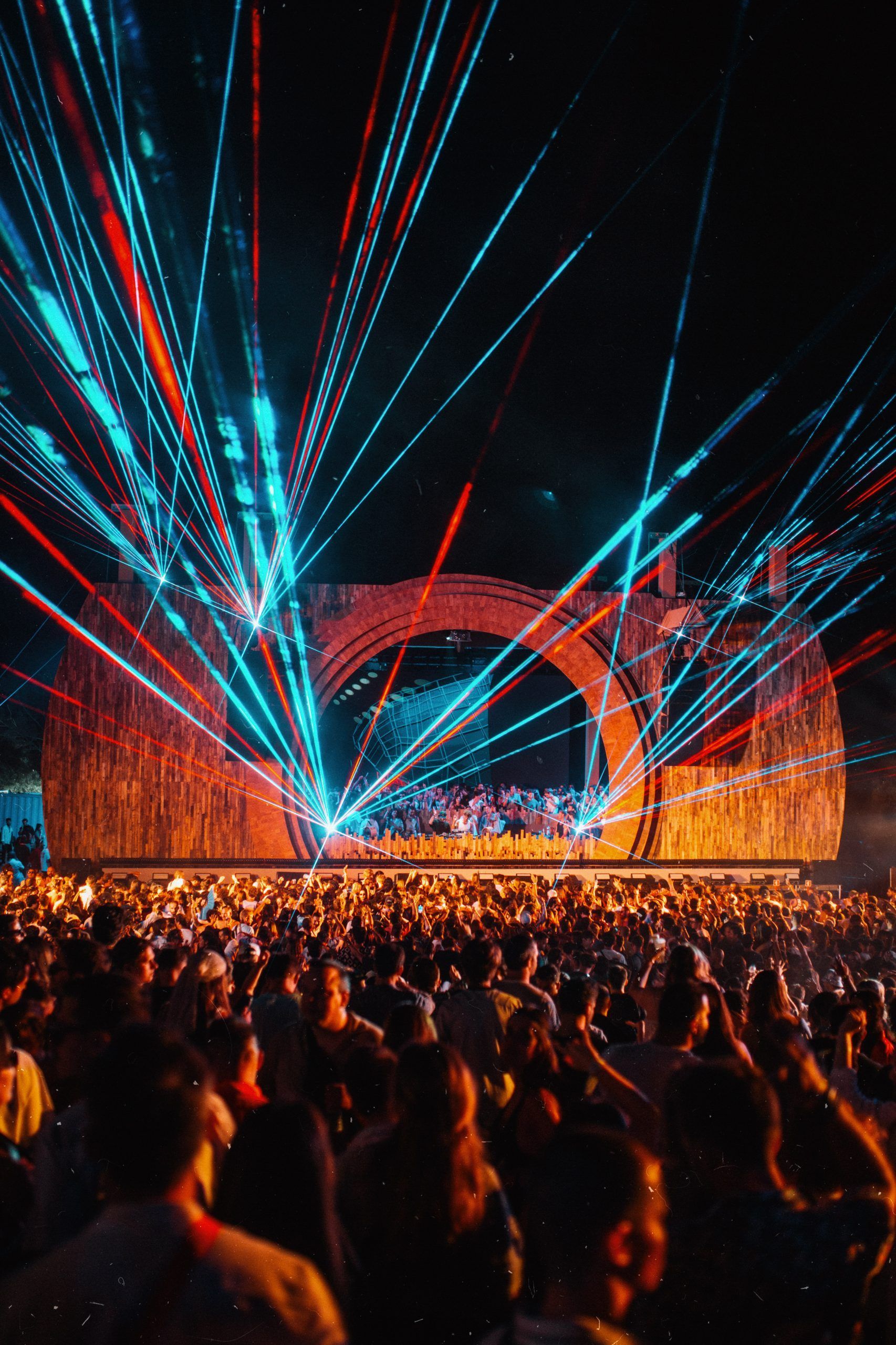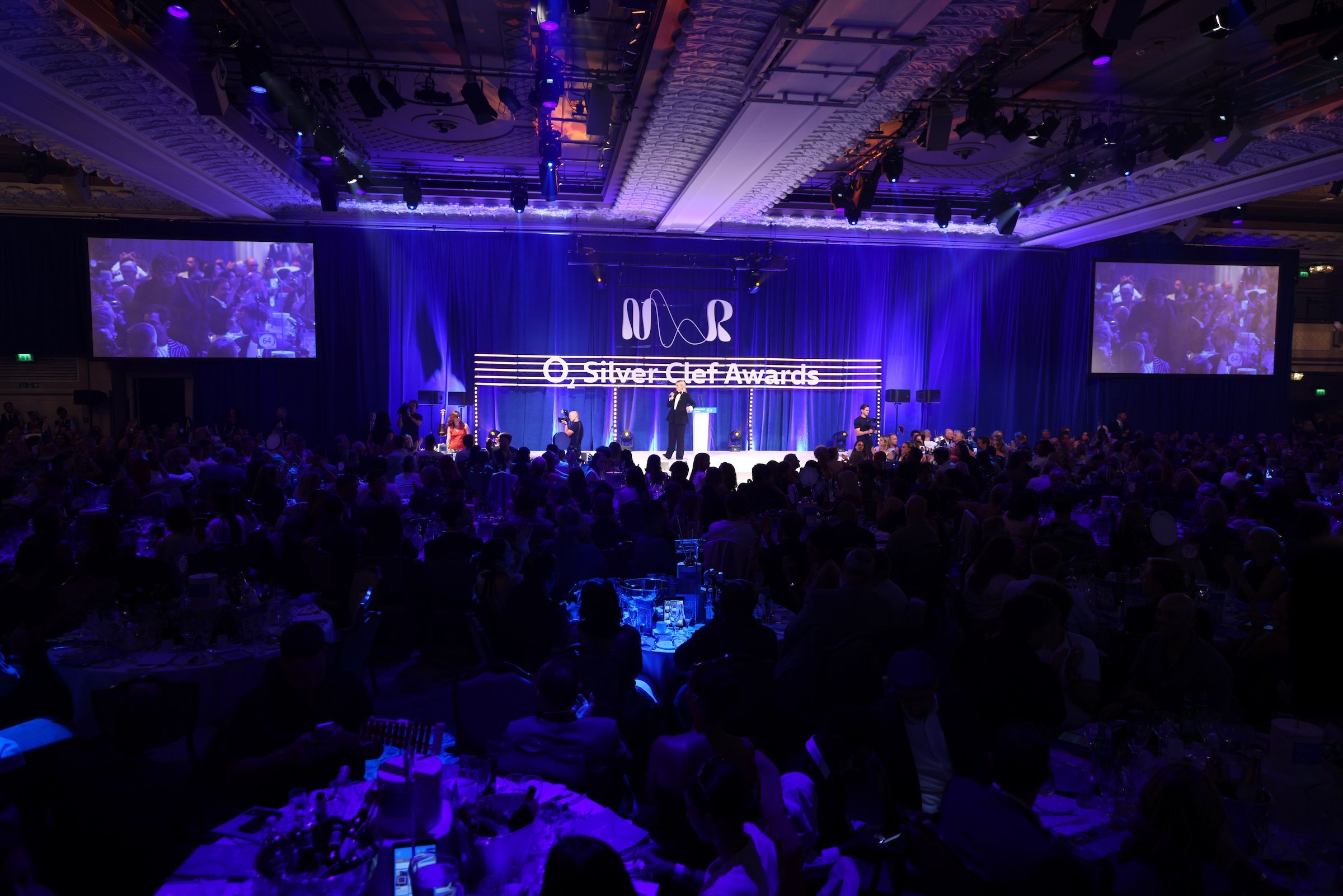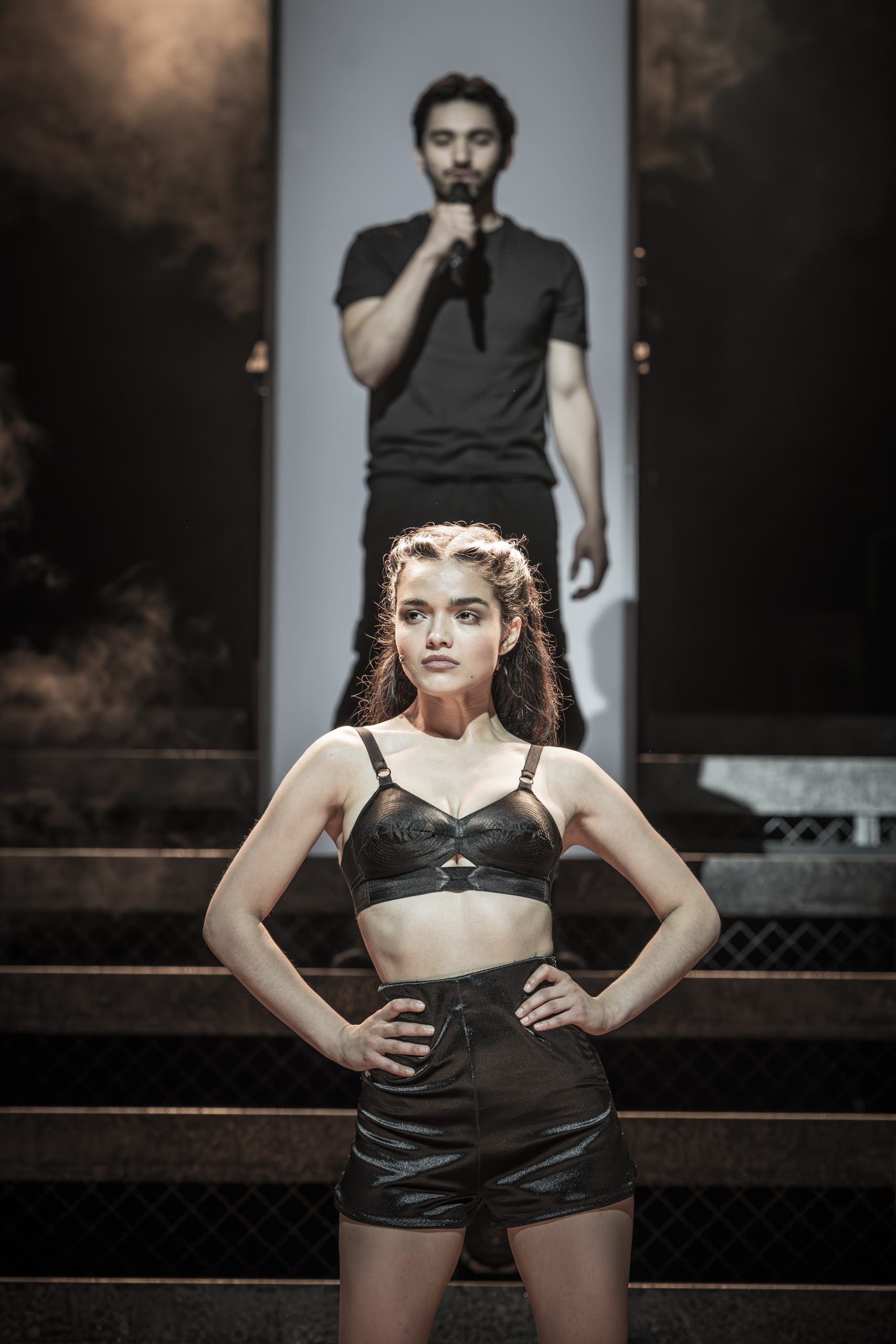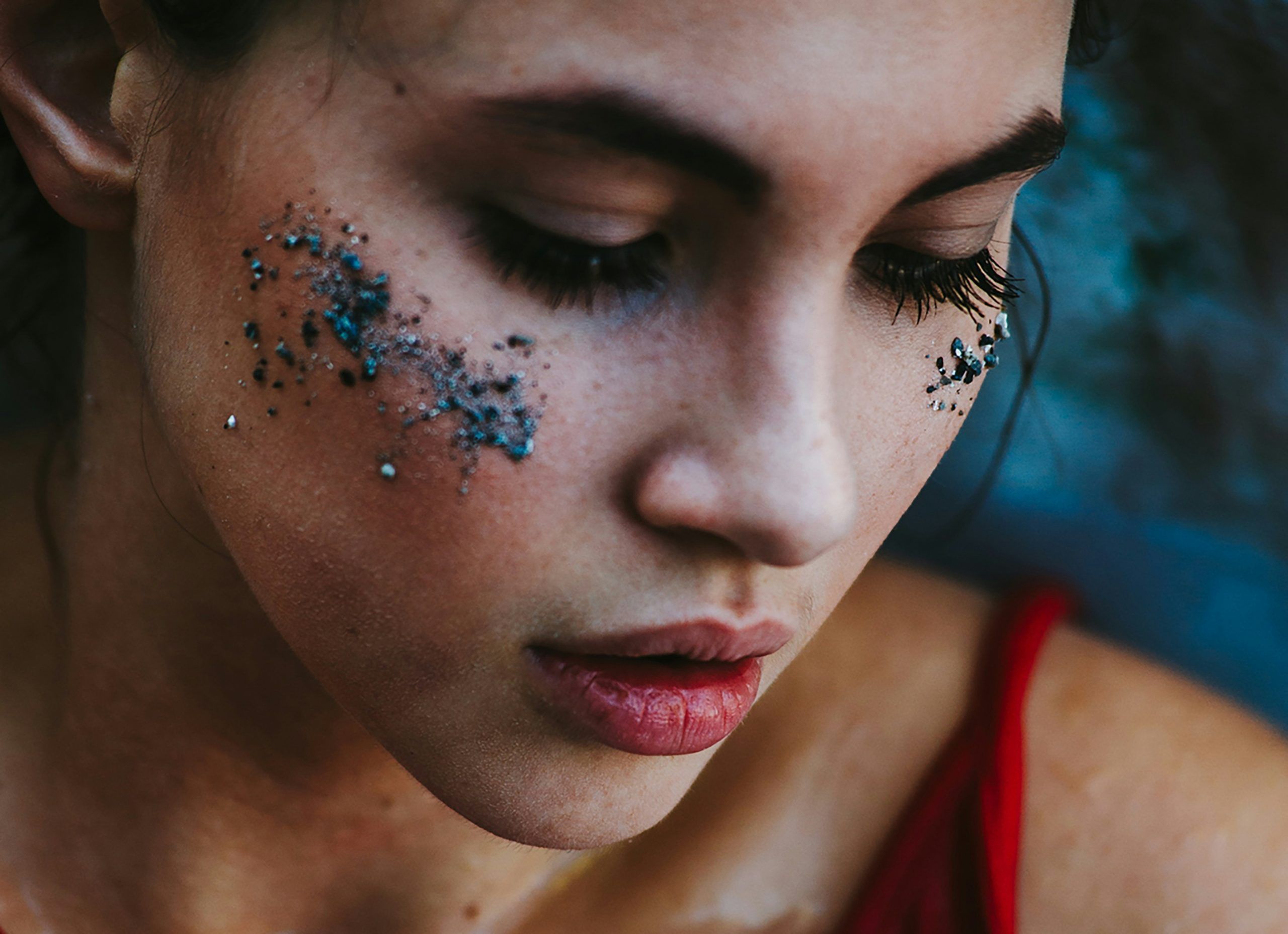Director, writer, and all-round creative force Charlotte Colbert is a filmmaker you need on your radar.
We really mean it when we call Colbert a creative force. Ever since she graduated from the UK’s ‘oldest film school’ (London Film School), the artist has built up a solid reputation within the film and arts industry. Over the last decade, Charlotte Colbert has written and directed many award-winning short films such as 2016’s The Silent Man, produced acclaimed screenplays for Oliver Dahan and Eric Cantona to name a few. And alongside this, Colbert is a talented photographer and multimedia sculpturer. Her art has been displayed internationally at prestigious institutions such as Somerset House, V&A Museum of Childhood, Saatchi Gallery, Art Basel and Centre Régional d’Art Contemporain in Sète. So, she really is a uniquely creative powerhouse. And if Colbert had a certain modus operandi, all her bodies of work play with and question narrative structures, time, language, psychoanalysis, socio-political constructions of gender and identity in some sort of way.
Now, Colbert is ready to show the world her forthcoming debut feature length film, She Will. It’s a psychological horror about an ageing actress, Veronica Ghent, who travels to a remote retreat in Scotland with her nurse, Desi Hatoum, to recuperate from an operation. Once she is there, she discovers the dark history of the land and in doing so unravels her own past with vengeful consequences. The film just had its BFI Festival premiere recently and we thought it is a gorgeously shot and enjoyably eerie debut feature length film. In conversation with 1883 Magazine’s Cameron Poole, Colbert told us all about She Will, the filming process and more.
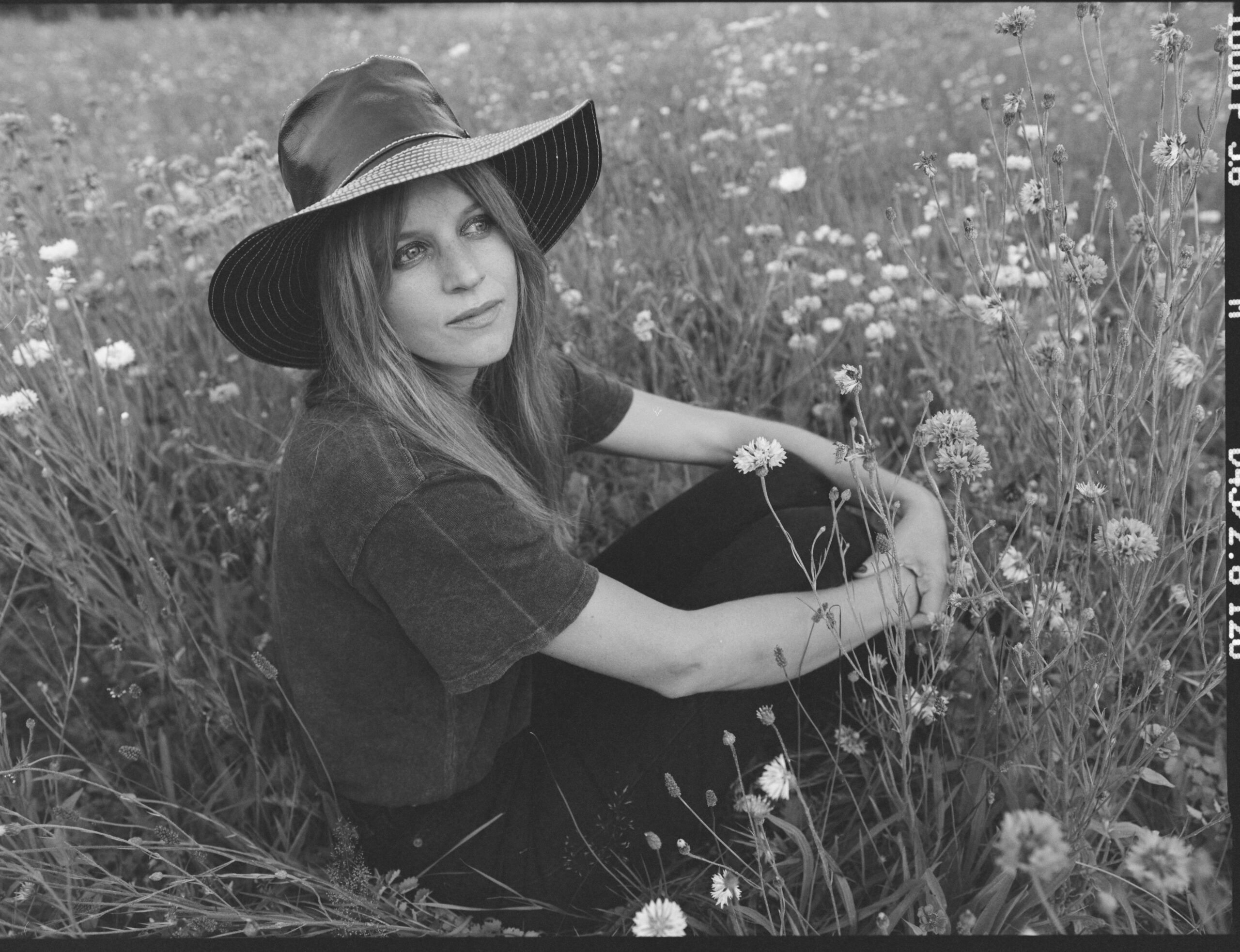
Hi Charlotte, thanks for chatting with 1883. What would you say were the biggest challenges you faced when making your new film She Will and what were the highlights of making this feature length film?
One of the main challenges was that it was my first feature length film. We also faced challenges such as: there wasn’t much time to shoot, it was really cold, our schedule was crazy and it was all very muddy haha. But the main highlight was literally shooting the film! It was amazing, everyone came together and although it was really difficult at times, it was a place of mud, love, battles and friendships, all at the same time.
She Will follows the ageing actress Veronica Ghent [Alice Krige] whilst she recovers from a double mastectomy in a rural retreat in Scotland. And we soon learn about her past trauma and the dark history of the surrounding area around the retreat. It also focuses on the relationship with Veronica and her nurse, Desi [Kota Eberhardt]. Tell us about how you found working with Alice and Kota on the film? How did they contribute to your artistic vision?
Veronica, who is played by Alice, goes with her nurse to this healing retreat in Scotland and as she goes there she gets the power to enact revenge within her dreams. She travels to Scotland with nurse, Desi, played by Kota. And so the casting process for both were amazing. In terms of Alice, when I first met her she was wearing this amazing kimono and her hair was done in a specific way, and now I know her well, I realised that she was in character. She completely connected to the character of Veronica and was interested in very similar things to myself.
We developed the role of Veronica very much around Alice, so the script evolved even more through her and thanks to her. We looked for the actor that would play Desi for ages and Kota appeared, it was a miracle. She had sent me a picture of three women in a field each holding foxes. I was like ‘oh this one’s perfect!’ Kota completely got it and she’s got this absolute love of foxes and obviously we had a fox in the film. Albeit quite an overweight fox called Basil, who Kota developed this amazing friendship with.
So throughout the film, Veronica and Desi develop this lovely relationship between the two of them which is sort of a mother and daughter dynamic. We were really lucky because the more intimate scene happened at the end of the shoot. So all that depth of the shared experience and the sort of challenges we faced, brought everyone closer as well.
We watched the film last night and there are so many gorgeous shots throughout the film, from Veronica and Desi on the train at the beginning to the cut aways of the Scottish mountains and landscape. Even with such beauty, there’s an eeriness to it all, why was Scotland the ideal location to shoot the film?
First of all, thank you so much! I wish you had seen it on a big screen with proper sound! But anyway, hopefully we can show it to you another time as well. Scotland was perfect because the story was set there originally and also because it’s got that kind of history, aesthetic and it’s a sort of place that conjures all that kind of imagery I was after. It’s sort of a magical place and the nature is wild and breathtaking. The cabin where we shot is in the middle of nowhere and we had to get there by quad-bike. There was no electricity or anything, it was crazy.
It’s also a land sick with the history of persecution of people for witchcraft. It was mostly women persecuted for it but some men too. So it’s ingrained in that landscape, you sort of feel it when you’re there. Scotland was the right choice for a lot of reasons but the skies there are just huge and amazing.
I’ll definitely check it out again in a proper setting so I can get the full sound/experience!
The sound is such a key part of the film.
In Alice’s dream sequences the cinematography is so surreal. There’s a lot of shots spliced with snippets of Alice’s past or clips that reveal the dark history from the area. When you were writing the story with Kitty Percy, did you both have in mind exactly how you were going to make these segments of the film real? How do you make the ideas behind the film come to fruition?
It’s so interesting, isn’t it? That relationship between the idea on paper and then how it converts into a 3D space when you’re shooting is really interesting. I think for me it was always quite clear, the sort of visual language that I felt would be interesting to explore within the film. At first you have the script and you develop the story, and it’s sort of like a skeleton or a blueprint of which you start working on. And then there’s a collating of references to try out. You have to take what’s in your head and then share it with others haha. Then there’s the different characters who come onboard, Laura Ellis Cricks did the film’s production design and she’s amazing. And so myself, Laura, and producer Jess Malik went all around Scotland scouting for locations to shoot at.
We obviously couldn’t build a lot of sets for the film, so we had to go out and find some really amazing locations that could carry the film’s aesthetic as well. So we went everywhere to find these places, and that really helps as well with the aesthetic. The language, costumes and makeup all become another language that is used throughout the film to help develop the world you’re creating. The cinematography and the language that’s specific to the film is important as well. We worked closely with our photographer, Jamie, to have these drones and this sort of more eerie feeling for the spirits throughout the film.
I don’t think people often appreciate the level of detail that goes into making an artistic vision come to life. You have so many small but important factors. Obviously you have to set the atmosphere and you can do this with the music/film score, even sometimes the colour grading of an actual film shot might help the atmosphere, but then people don’t realise it’s also the clothing characters wear, it’s the actual location itself, there are so many factors. You must have loved the whole process of just making it. It sounds so fun.
Yeah, it’s sort of that dichotomy of being so elated about making the film but it’s also like being pulled face down behind a truck haha. Making a film is a bit of a crazy process. But yeah, shooting was really interesting. And you’re right, you speak to friends who aren’t in the film industry and they are like ‘you’re still working on that project?!‘ how long is it going to take?’. It is such a long process, but it takes time to create a little world.
Over the last few years, you’ve directed a whole host of short films, such as 2016’s The Silent Man. How do you approach turning a short film into a full feature idea?
Short films are also a lot of work as well. They’re really interesting as a short film is a thing within itself, it’s similar to making a full length film but also somewhat different, there is still a lot of work and they’re difficult to process. The Silent Man was crazy because I think we only had four days to shoot it. I mean, She Will, didn’t have a lot of time either, we had 25 days to shoot the film. But The Silent Man was really interesting and it had a good cast and we only had to shoot in one location. So I guess everything just expands and grows when it comes to developing a short film into a feature length film.
Not only are you a director and writer, you’re also a gifted photographer and multi-media sculptist, would you say these two passions of yours have impacted how you work as a director?
You’d think that, it’s really interesting and it’s very sweet of you to say but I think there’s just like a lot of stuff that ideas that have been developed in other medium/formats. Even slugs which are these interesting, sort of non-binary creatures, and they are neither male or female. And I feel like I have an interest in things that are in-between worlds. Or even scars inspire my work and how they are sometimes appropriated and turned into a symbol of strength; that is something that I’ve been working on for a number of years with my work outside directing. So I these passions have helped my directing by giving myself the opportunities to be able to explore similar themes and ideas but in different ways.
As a director of more avant-garde films, would you say there is enough opportunities for experimental film makers to break into mainstream audiences? It was great that the BFI Festival supported She Will.
Yeah, It’s really interesting, and that is such a big question. I’ve got a few friends who find themselves in that kind of performance space or in a more experimental artistic space, and it somehow feels like it’s still very considered/looked at in concrete categories. It’s quite separate from let’s say, more narrative-based things. But actually at the London Film Festival this year, they’ve got an amazing programme of experimental films and I do wonder if we’re at a time where there’s a sort of explosion of genres and boundaries. So there might actually be an appetite for things that just cross genres and are just generally more bolder. A lot of teenage audiences are getting their content from YouTube and different avenues and in terms of the content they watch, it is nuts!
I think it’s going to seep in the way we tell stories in a sort of narrative cinematic form because otherwise there’s going to be such a big disconnect between younger audiences and the content that is happening in cinemas. I don’t know, what do you think?
I won’t lie, I do enjoy going to watch the big Hollywood blockbusters and all that sort of stuff. But then I feel you also get the fatigue of seeing all these formulaic films because they’re all just like churned out so quickly. You can take any of the Disney and Marvel films as examples of that. Don’t get me wrong, I still love them but it can get a bit boring. I think it is important to still champion and promote films that might be deemed as different or not the norm. But after everything you just said, maybe it’s best we don’t label things, you’re right, things are becoming more multi-genre, so maybe we should just enjoy the content whatever it is and not put labels on it and just enjoy it.
The Joker film with Joaquin Phoenix really broke boundaries and had these incredible sequences. Even if you look at early cinema, like Singing In The Rain, it is an incredible artistic feat but it has this crazy dream sequence in the middle of it which lasts for 20-minutes. It’s nuts but so brilliant. There is a freedom in that. I mean, I love all films and I also really enjoy big blockbusters and independent voices. I do have a love of seeing films where you feel the voice of the person and not like a board or studio; the type of film where you feel like there’s an identity at the core of it with its imperfections and the problems that that will come with, but there’s something quite great about that.
Finally, is there anything else exciting in the pipeline you would like to share with our readers?
Yeah! Hopefully lots of things, that would be amazing. So cross your fingers and toes and hopefully we can get the next idea off the ground.
She Will is coming soon. Follow Charlotte Colbert @ColbertCharlotte
Interview by Cameron Poole
Photography by Victor Bastidas

